Optimal Timing for Waterproofing Applications
Waterproofing is a critical component of building maintenance and protection, ensuring structures are resistant to water penetration and damage. The timing of waterproofing applications can significantly impact their effectiveness and longevity. Proper scheduling based on climate, construction phases, and seasonal conditions can optimize results and reduce future repair costs.
Late spring and early fall are ideal for waterproofing projects due to moderate temperatures and lower humidity levels, which facilitate proper curing and adhesion.
Extreme cold or hot weather can compromise waterproofing materials, leading to reduced effectiveness. It's best to avoid application during freezing temperatures or during heavy rain.
Waterproofing should be performed after structural elements are in place but before interior finishes, ensuring protection without disrupting ongoing work.
Ensuring surfaces are dry and free of debris before application enhances adhesion and durability of waterproofing materials.

Spring offers optimal conditions with moderate temperatures and low humidity for effective waterproofing.
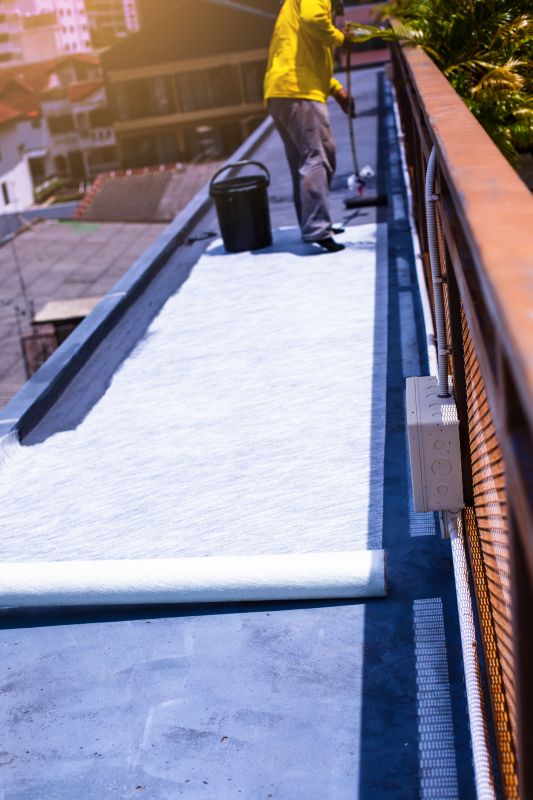
Summer can be suitable if temperatures are moderate and humidity is controlled, but avoid during peak heat.
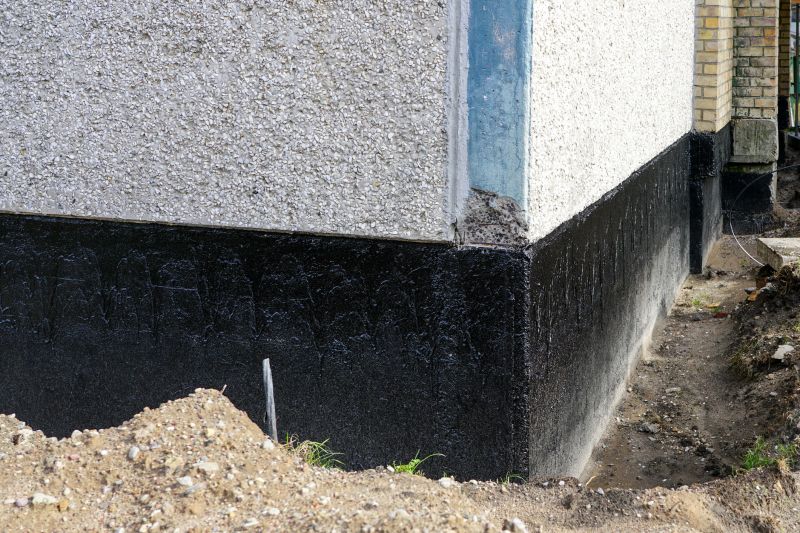
Fall provides cooler, dry conditions ideal for waterproofing projects before winter.
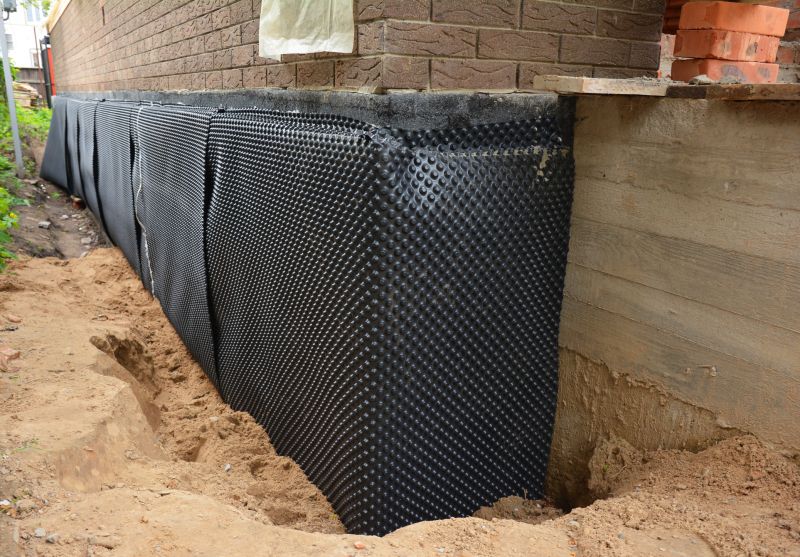
Ways to make Waterproofings work in tight or awkward layouts.
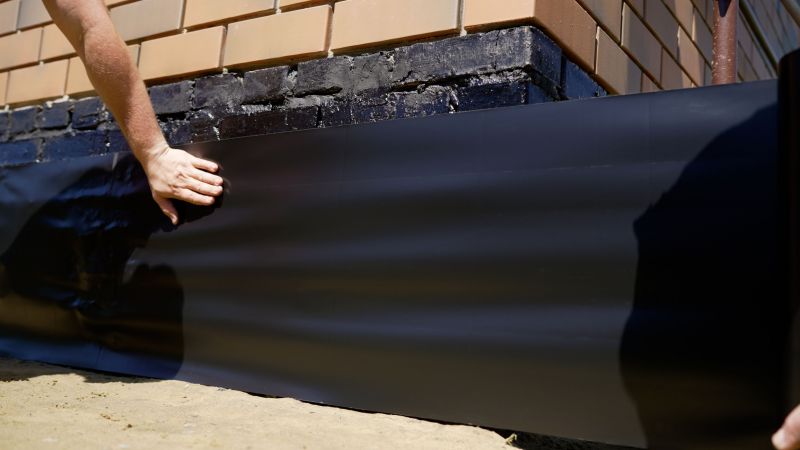
Popular materials for Waterproofings and why they hold up over time.
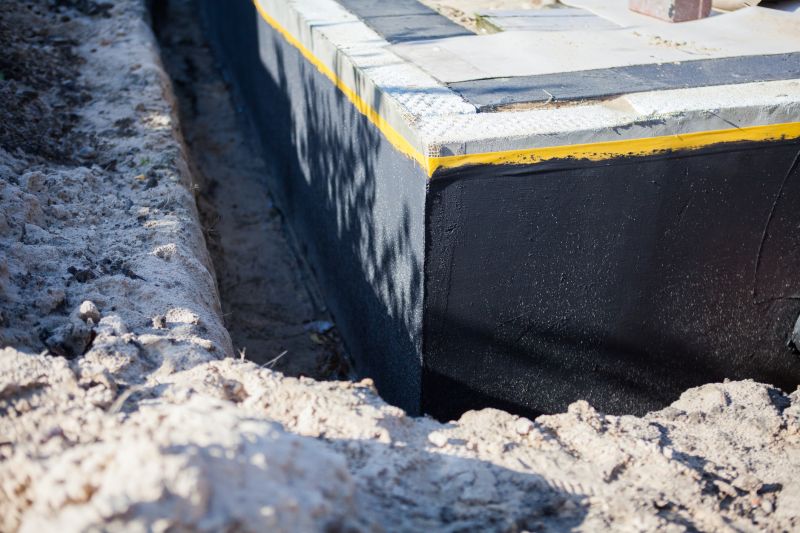
Simple add-ons that improve Waterproofings without blowing the budget.
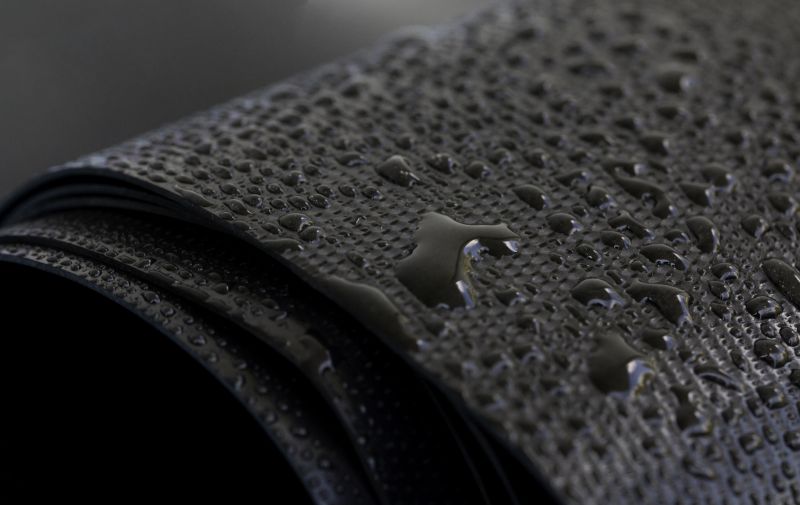
High-end options that actually feel worth it for Waterproofings.

Finishes and colors that play nicely with Waterproofings.
| Season | Ideal Conditions |
|---|---|
| Spring | Moderate temperatures, low humidity, dry surfaces |
| Summer | Warm temperatures, controlled humidity, avoid peak heat |
| Fall | Cool, dry weather, low humidity |
| Winter | Not recommended due to freezing temperatures and moisture |
Waterproofings serve as a vital barrier against water ingress, protecting foundations, roofs, basements, and other structural components. Advances in waterproofing technologies have improved durability and resistance to weathering, with some systems offering multi-decade protection when properly maintained. Proper timing for application ensures optimal adhesion and performance, reducing the risk of leaks, mold, and structural damage.
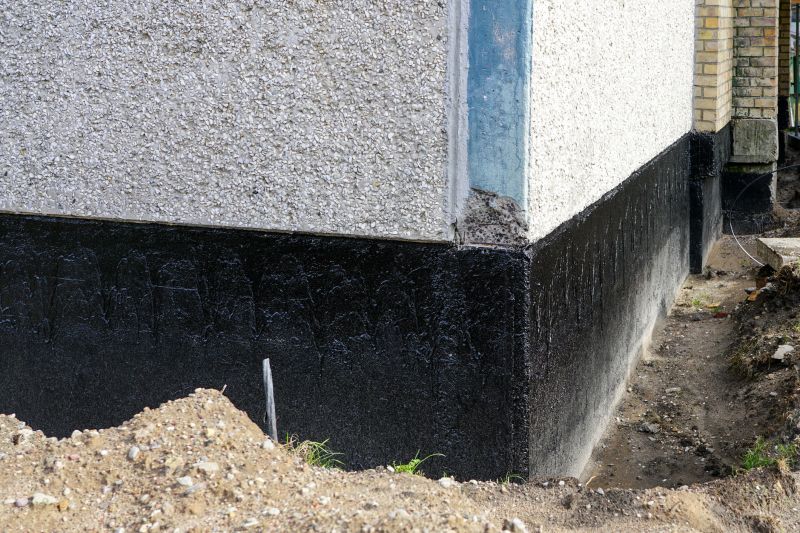
Applying waterproofing during dry seasons ensures effective sealing of foundation walls.
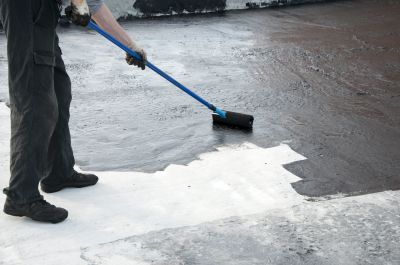
Best done in moderate weather to prevent cracking and ensure adhesion.
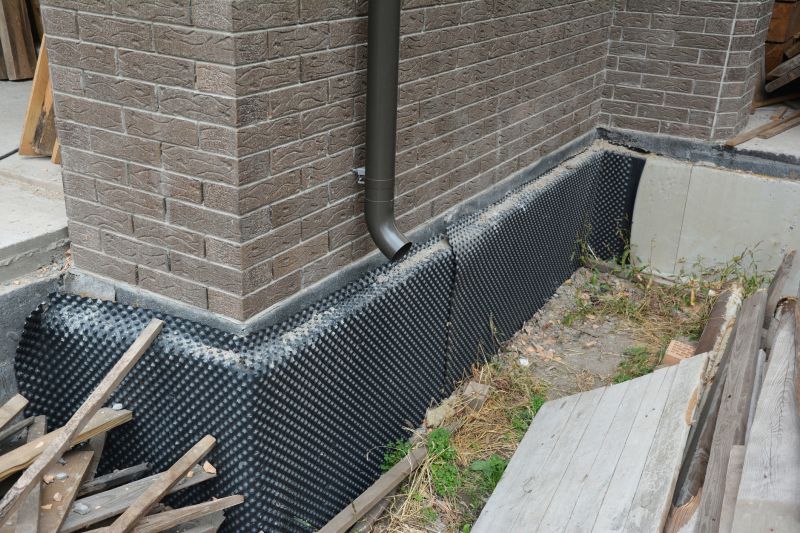
Timing during dry periods helps prevent future water seepage issues.
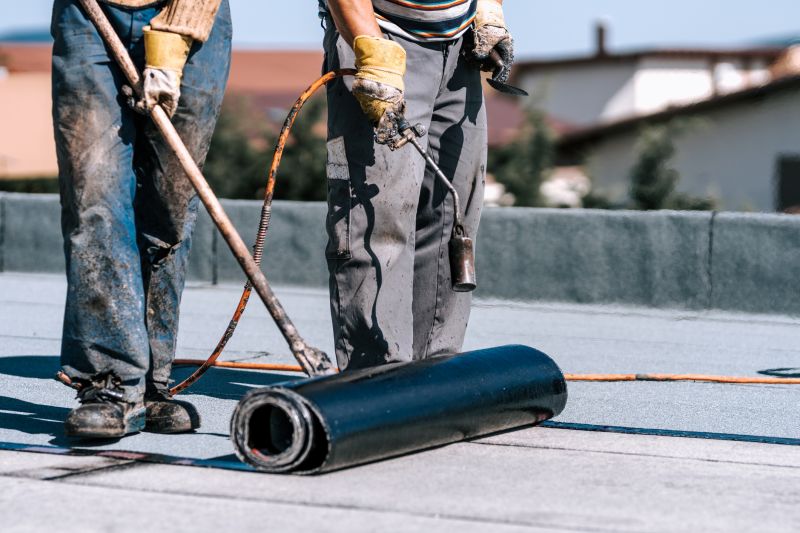
Proper application in suitable weather extends membrane lifespan.
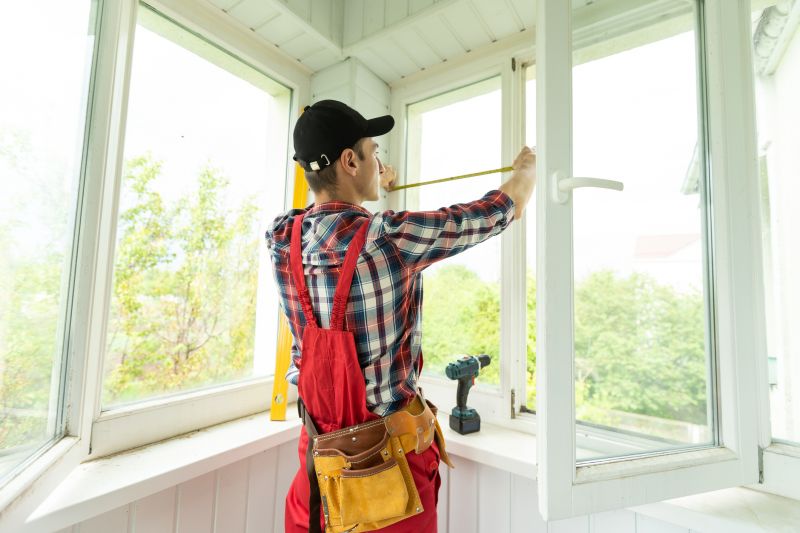
Little measurements that prevent headaches on Waterproofings day.
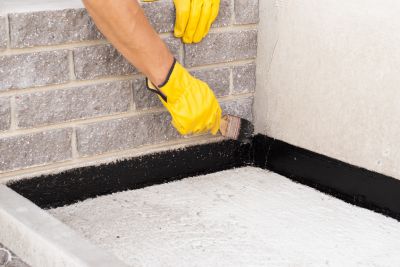
A 60-second routine that keeps Waterproofings looking new.
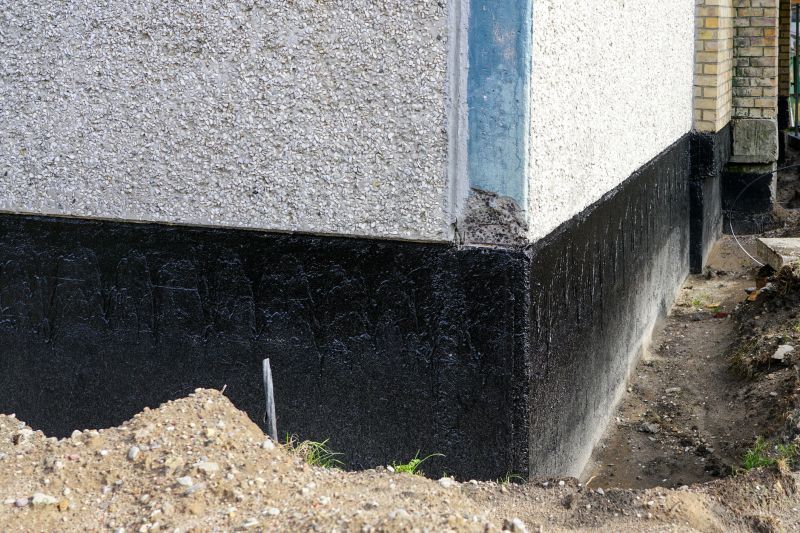
A frequent mistake in Waterproofings and how to dodge it.

Small tweaks to make Waterproofings safer and easier to use.
Choosing the right time for waterproofing can extend the lifespan of the protective layer and prevent costly repairs. Regular inspections and timely reapplications help maintain water resistance, especially in climates with fluctuating weather patterns. Consulting with waterproofing professionals can help determine the best schedule based on specific project needs and local climate conditions.
Interested in waterproofing services? Filling out the contact form can provide additional guidance and schedule assessments to ensure structures remain protected against water damage.

